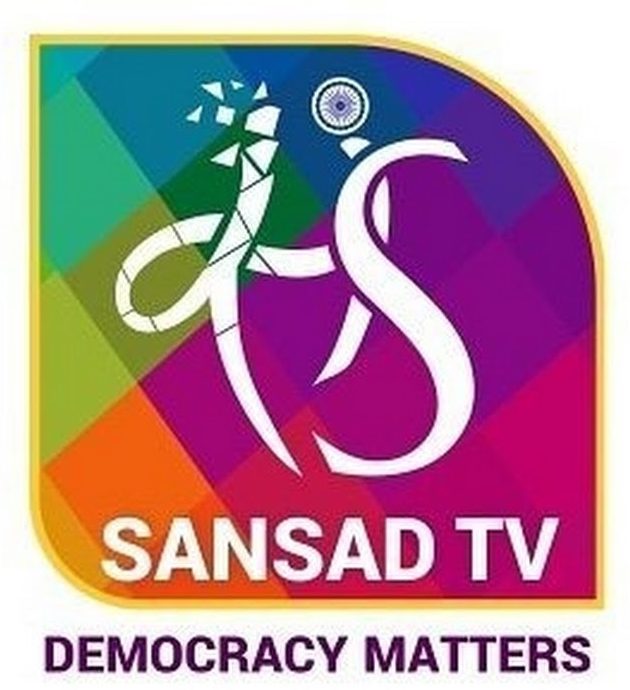[ad_1]

Introduction:
The Act defines “Human Rights” as the rights relating to life, liberty, equality and dignity of the individual guaranteed by the Constitution or embodied in the International Covenants and enforceable by courts in India. And the National and the State Human Rights Commissions are embodiment of India’s concern for the promotion and protection of human rights. The National Human Rights Commission (NHRC) is a statutory body established on 12th October, 1993 under the Protection of Human Rights Act (PHRA), 1993. The commission is the watchdog of human rights in the country. It works to protect the right to life, liberty, equality and dignity of the individual guaranteed by the Constitution or embodied in the international covenants and enforceable by courts in India.
Role of National Human Rights Commission
- Investigation: Investigating complaints or failure of any public official regarding the rights violation, either suo moto or after receiving a petition.
- Eg: Suo moto cognizance of Sonbhadra tribal killing in UP and sent a fact-finding mission.
- Prevention and Safeguard: Monitoring the living conditions of the inmates in prisons and to make recommendations thereon. Reviewing statutory safeguards or treaties for the protection of human rights.
- Research and promotion: Promoting research and encouraging NGOs in the field of human rights. While making an inquiry into the complaints, the commission enjoys the powers of a civil court. It also studies treaties and other international instruments on human rights and make recommendations for their effective implementation.
- Intervention: It intervene in any proceeding involving any allegation of violation of human rights pending before a court with the approval of such court.
- Commission has awarded 11 cr compensation (recommendation) between 2012-17.
- Human rights: NHRC review the factors, including acts of terrorism that inhibit the enjoyment of human rights and recommend appropriate remedial measures.
- Awareness: NHRC spread human rights literacy among various sections of society and promote awareness of the safeguards available for the protection of these rights through publications, the media, seminars and other available means.
- Working with NGOs: It encourages the efforts of non-governmental organisations and institutions working in the field of human rights.
- It can only ask the authority to approach the higher Courts to provide relief to the victims. The concerned authority has to implement its recommendations within one month or communicate reasons for not complying.
- Even today atrocities against Dalits is continuing but the conviction rate is only 25.52%.
- NHRC failed to provide evidence in the famous Kairana Migration Case (forced mass migration in UP between 2014-16) as a result of extortion threat.
- If violation of human rights is by private parties, NHRC has no jurisdiction.
- If the complaint is made after 1 year of occurrence, it cannot investigate into such matters.
- NHRC has limited powers with regard to Armed forces and must accept a report from the centre in such cases.
- It can only provide recommendations of remedy but cannot enforce it.
Conclusion
There is need for complete revamping of NHRC to make it more effective and truly a watchdog of human right violations in the country. NHRC efficacy can be enhanced by government if commission decisions are made enforceable. This would remove the infamous ‘toothless’ adjective from the commission’s reputation.
[ad_2]

